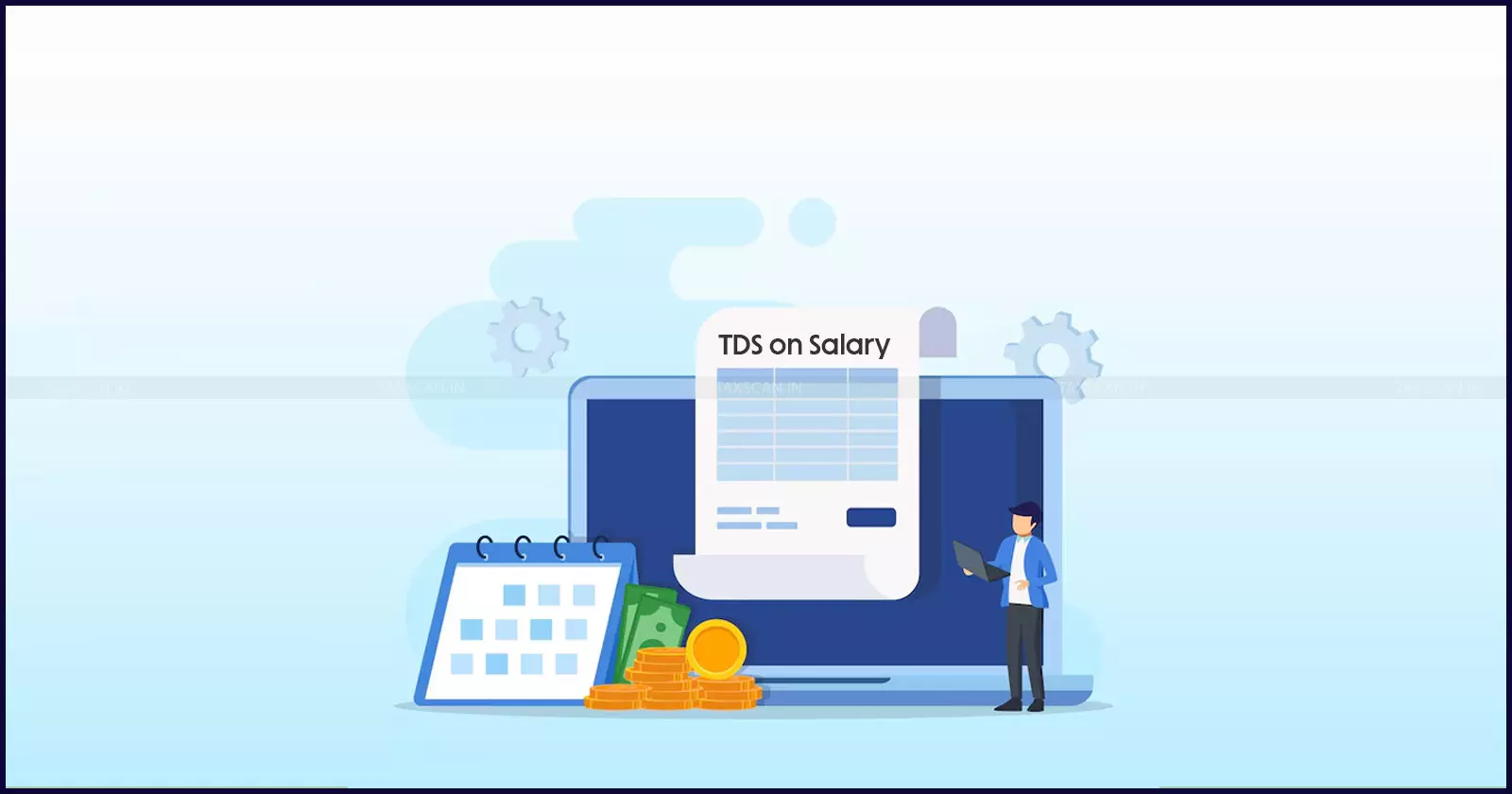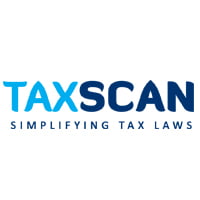Section 192 vs. 194J: TDS on Salary vs. Professional Fees – Where Do You Draw the Line?
This article takes a closer look at the necessity of classification when it comes to income tax in the context of Sections 192 and 194J of the Income Tax Act 1961

In the world of taxation, labels matter. Particularly when it comes to classifying income under the Income Tax Act, 1961, how you define a payment can significantly impact the tax deducted at source (TDS). One of the most debated areas in this regard is the distinction between salary income (covered under Section 192) and professional fees (covered under Section 194J).
At first glance, the distinction may seem obvious: salaries are for employees, while professional fees are for consultants or freelancers. However, in practice, especially in industries such as IT, healthcare, finance, and media, the line can be blurred. And this line is one that the Income Tax Department watches very closely.
Clear all Your Doubts on RCM, TCS, GTA, OIDAR, SEZ, ISD Etc... Click Here
What the Law Says: Basics of Sections 192 and 194J
Section 192 deals with Tax Deducted at Source (TDS) on salaries. An employer is required to deduct tax at source based on the average rate applicable to the employee, taking into account their total income, applicable deductions, exemptions, and rebates. Essentially, the employer must perform a full income tax calculation for the employee and deduct accordingly.
On the other hand, Section 194J deals with fees for professional or technical services. It mandates a flat TDS of 10% on payments exceeding ₹30,000 in a financial year. Here, there is no need for complex tax computation. No exemptions or deductions are considered—TDS is a straight percentage of the gross payment.
Why the Classification Matters
The stakes are high for employers and payers, as misclassifying an employee as an independent consultant to avoid the obligations under Section 192 can attract scrutiny. It may also lead to penalties for short deduction, interest under Section 201(1A), and even disallowance of expenses under Section 40(a)(i.a).
For recipients, being classified under Section 194J means they are not eligible for deductions under Chapter VI-A or the standard deduction, which they could have claimed on their salary income. Additionally, they must pay advance tax on their own and manage compliance independently.
Tests to Determine Employment vs. Professional Engagement
Courts and tribunals have, over the years, established several tests to distinguish between a contract of service (employment) and a service contract (professional engagement). The most commonly used criteria include:
1. Control and Supervision: If the employer controls not only what is to be done, but also how it's to be done, it's likely an employer-employee relationship.
2. Integration Test: Is the individual fully integrated into the organisation (e.g., has a company email address, participates in internal meetings, and reports to a manager)? If yes, they are probably an employee.
3. Mutuality of Obligation: If the employer is obligated to provide work regularly and the individual is obligated to accept it, this leans toward an employment relationship.
4. Provision of Infrastructure: If the person uses the employer’s infrastructure (office, laptop, team), that also indicates an employee relationship.
Industry Practices and the Risk of Reclassification
In many sectors, it has become common for companies to hire individuals on a contractual basis to save costs associated with full-time employees, such as PF, ESI, gratuity, and compliance burdens under labour laws. While this may appear financially efficient, it also carries significant tax risks if such relationships are later deemed sham arrangements to circumvent the law.
The Income TaxDepartment has, in multiple surveys and assessments, reclassified “consultants” as employees and demanded backdated TDS under Section 192, along with interest and penalties. In such cases, the burden falls squarely on the payer, not the recipient.
Practical Tips for Businesses and Professionals
If you are an employer/payer:
- Don’t rely on titles. Just calling someone a “consultant” or issuing a Form 16 vs. 16A doesn’t decide the matter.
- Review contracts and actual working arrangements.
- Where doubt exists, err on the side of caution—deduct under Section 192 and comply accordingly.
Now, if you are a professional/recipient:
- Know your rights. If you are effectively an employee, you may be entitled to benefits.
- Understand your tax obligations, particularly regarding advance tax and maintaining books of accounts under presumptive taxation (Section 44ADA), if applicable.
How to Audit Public Charitable Trusts under the Income Tax Act Click Here
Conclusion
At its core, the distinction between Section 192 and 194J is about the nature of the relationship, not the nomenclature or the form of the contract. With the Income Tax Department increasingly focusing on compliance and classification issues, it’s essential for both businesses and individuals to carefully structure engagements and understand their obligations. After all, in tax law, what you call something matters far less than what it is.
Support our journalism by subscribing to Taxscan premium. Follow us on Telegram for quick updates


